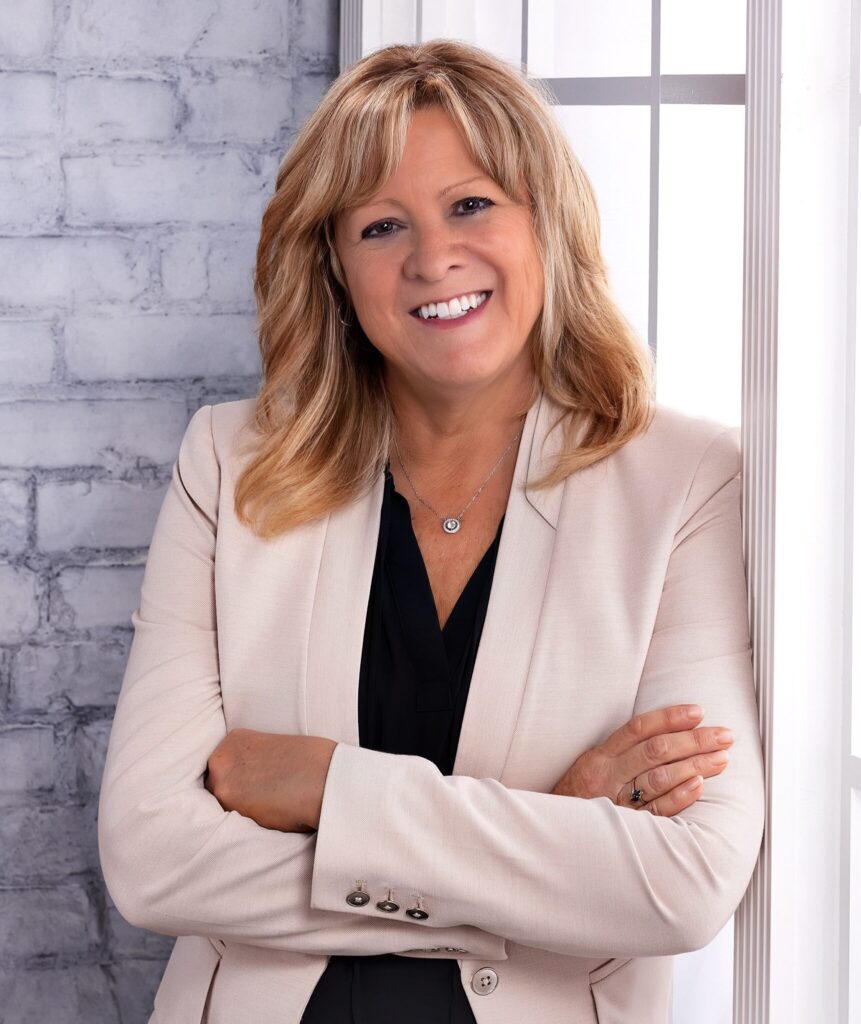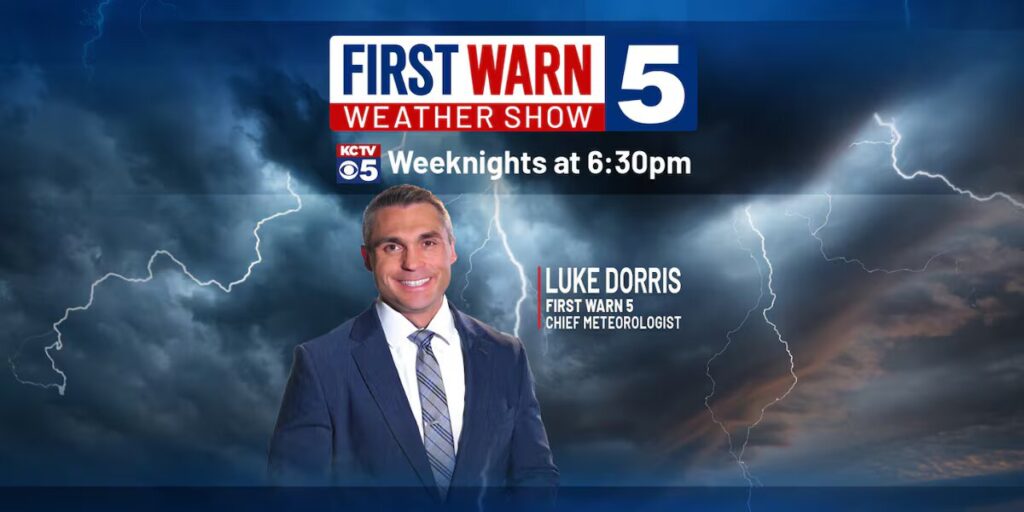NAB Show: Dielectric To Unveil ‘Engineering Breakthrough’ For Manifold Combining
Dielectric adds what it calls “another industry-first” with its introduction of reconfigurable manifold combiners for multi-station RF facilities. Adaptable for FM radio and UHF television, Dielectric says its innovation “introduces system expandability to manifold designs that have long only been expandable by adding constant impedance filter (CIF) units. This offers an attractive option for sites installing new master broadcast antennas that can quickly add new tenants in the future, without the space constraints and assembly labor that CIF-based expansion requires.”
Dielectric’s reconfigurable manifold combiners are essentially modular fixed units built to specification. For example, a site owner with five broadcasters today and a goal of seven total tenants can specify a manifold combiner with seven ports. Dielectric builds the initial system with five filters and protects the two open slots with shorted ports, or “shorts.” Shorts are removed as filters for new tenants, which Dielectric can also build in advance, are added to the manifold combiner.
Dielectric says it raises the value proposition by providing calculations that carefully consider how site owners can add other broadcast frequencies in the market in various combinations. Importantly, these calculations even look beyond what the site owner may have originally envisioned as the maximum number of tenants.
“We first provide an analysis of the market that confirms how many potential stations in the market can logically join the master antenna system,” said Keith Pelletier, president, Dielectric. “We may find that number to be 10 broadcasters. The site owner ultimately decides how many broadcasters they want to accommodate immediately, and how many they want to add in the future. Using our High Frequency Simulation Software (HFSS) tools, we can calculate how each possible frequency will affect the combiner’s output splines. New tenants are added quickly and easily by simply removing a shorted port, plugging in a new filter and changing some transmission line.”
The benefit of the system’s reconfigurable design helps should a new broadcaster request to join the system after the original open ports are filled. “The work we put into our original market analysis account for all potential frequency combinations,” Pelletier said. “As long as the site can physically accommodate more tenants, we can add new modular units with ports to our manifold combiner.”
The likelihood of having extra site space is increased when using a manifold combiner, as they offer a considerably smaller footprint than alternatives, including CIF systems. “A typical CIF unit has two filters and input/output hybrids for each station,” Pelletier said. “A manifold combiner requires only one filter for each channel plus an output spline. The part count and footprint are substantially lighter.”
Manifold combiners also offer consistent electrical specifications across all stations on the system, with similar loss and electrical characteristics across the chain. That means that stations further from the antenna in the combiner chain will not be affected by higher group delays or signal loss that can ultimately degrade signal quality.
“Dielectric has made manifold combiners for 20 years,” Pelletier said. “Our manifold combiner customers consistently report the same electrical characteristics and performance across all neighboring stations on the system. We have now evolved that tried-and-true technology for our customers that want the flexibility for future growth along with that smaller footprint and consistent performance.”
Dielectric will exhibit at Booth W3601 in the West Hall of the Las Vegas Convention Center. NAB Show 2023 takes place April 16-19.

























Comments (0)